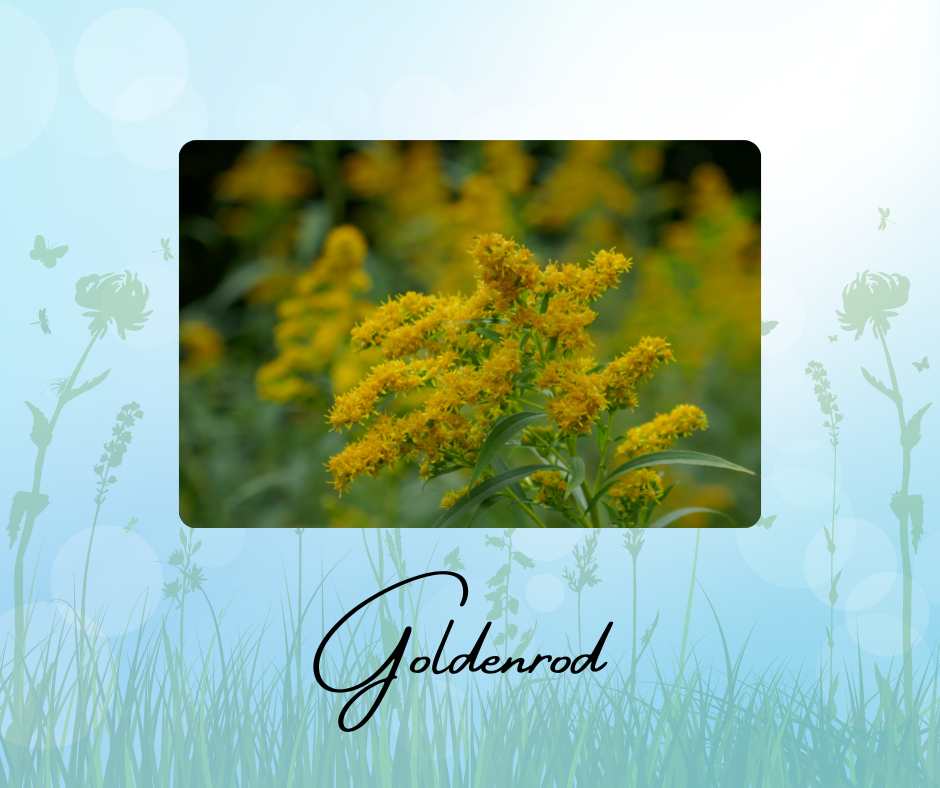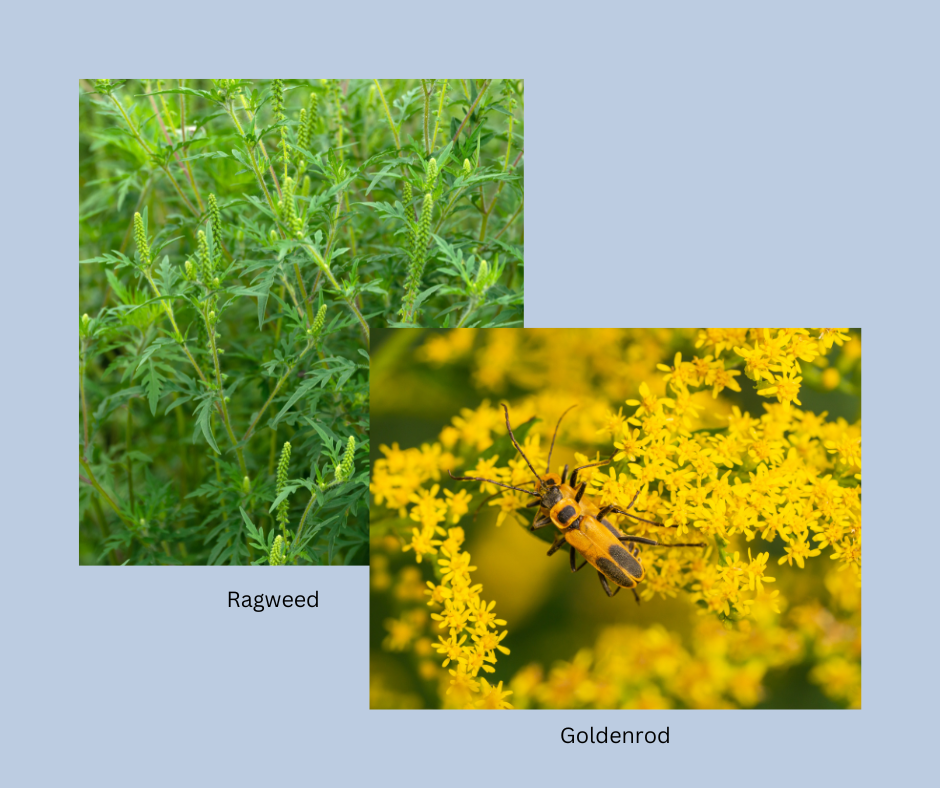Are you trying to help our troubled pollinators but don’t know what to plant? These three perennials are easy to grow and they also attract butterflies (and sometimes hummingbirds!).
I’ve written about anise hyssop (Agastache) many times before. I especially adore this bee-loving perennial because it can thrive in part-shade of which I have plenty. It also self seeds (but in a controllable way), so if one more of my perennials doesn’t survive the winter, I can usually find an anise hyssop volunteer coming up somewhere that I can transplant into that spot.
I used to grow these flowers as annuals (only because sometimes they wouldn’t survive our Zone 5 winters), but over the last couple of years many of my plants have successfully overwintered, so I make sure to leave them in place in fall. Thankfully any seedlings that come up in the spring will also bloom that same growing season.
You can collect the seeds from the drying seed heads and sprinkle them in your garden or use them to start plants indoors over the winter months for the next growing season.
Anise Hyssop grows 2 to 4 feet tall in full sun to part shade, and the flowers appear in the middle of the growing season. If you keep them deadheaded, they will continue to bloom until frost. In my yard the plants are a bumblebee favorite, and I’ve even seen hummingbirds visit the flowers.
Blazing Star (liatris) blooms for about 4 weeks each summer. The fluffy purple spikes flower from the top down and attract bumblebees, butterflies (especially monarch butterflies) and hummingbirds.
I like this perennial because it’s tough. The plants can tolerate heat, drought and poor soils. It’s said to be pest-resistant as well, but some years the rabbits have “trimmed” my plants to the ground. This plant grows 2 to 4 feet tall (but some species can reach 6 feet). Blazing Star prefers full sun, but I have plants that thrive in part-sun areas of my yard. This perennial blooms for me in mid-July into early August.
Goldenrod blooms late in the growing season. These plants have a high sugar concentration in their flower nectar, so bees rely on goldenrod to help them store up food for the winter.
Goldenrod gets a bad rap because it’s often confused with ragweed which triggers allergies for many people. Ragweed has small green blooms rather than golden-yellow flowers:
In addition to bumblebees, honeybees and butterflies, I’ve seen many different kinds of wasps, beetles and even fireflies visiting the flowers.
There are many goldenrod species, so check out which ones grow well in your area by visiting your local garden center.




